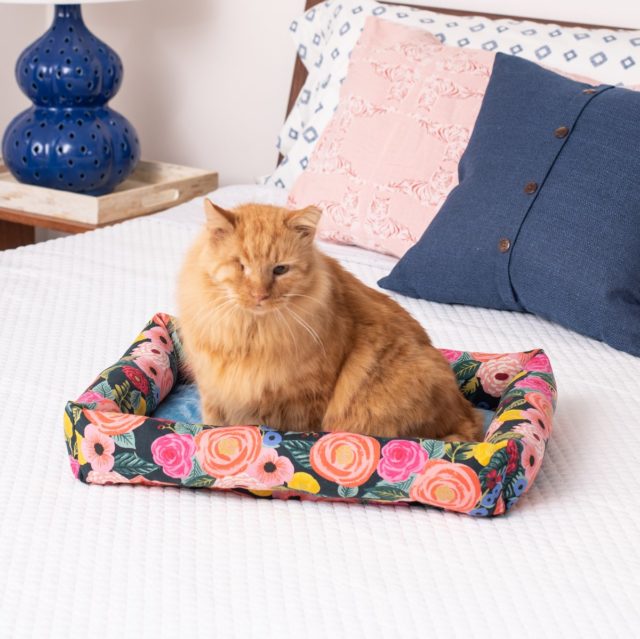My approach to shopping has changed drastically this year. I don’t know when, exactly, it happened, but I started questioning the origin of things I was buying: how they were made, who was making them, and the conditions those employees were working in. Therefore, when I was searching for a living room rug and my friend Robin mentioned to me that the rug industry was loaded with child labor and slave labor conditions, I asked her to do a guest post about it. She’s currently working in the human rights field, so she’s more more well-informed about these things than I am!
Hello! This is Robin from Life Without Want. I am honored to be guest blogging here on The Borrowed Abode! I have had the good fortune to not only be Jane’s blogger friend but we used to be real life neighbors!
Recently, Jane has been hunting for the perfect living room rug for her house- one that is affordable, eco-friendly, and made using ethical practices. She asked me to share some information with you about ethical consumerism and the rug trade and suggest some resources to use when purchasing a rug.
The hand-woven carpet and rug industry in countries across Asia such as India, Nepal, Pakistan, and Afghanistan rely heavily on the use of debt bondage and child labor. Those in debt bondage are often forced to work 16+ hour days in factories, often children are brought in to assist in “repaying” the debt incurred by another member of their family. These children are unable to attend school in order to continue working and can suffer from severe health problems as a result of poor working conditions.
There are ways to make sure the rug you purchase is not made in poor factory conditions by men, women, and children held in debt bondage. Look for the RugMark label on carpets and rugs. RugMark certifies that all of their rugs are made without child labor. For more information:
- GoodWeave– a Washington DC based non-profit that provides more information and a good list of resources and retailers
- Made by Survivor’s Store– where you can purchase rugs made by the survivors of modern slavery
- Green Leaf Rugs– one example of a company promoting ethical and eco-friendly rugs
- The Rug Company– often hailed as the source for designer rugs, partners with RugMark to ensure that all of their rugs are produced in fair and ethical working conditions
If you are interested in a rug but are unsure of its origins, ask! Contact the company who makes it to find out where it was made and by whose hand. As a consumer, you have the right to know not only what the product you are buying is made from, but where and by whom. The more people who ask, the more companies will be forced to be honest about the conditions and circumstances that create their goods.
Beautiful, handcrafted carpets and rugs made with love and care in fair working conditions do exist! It is up to us as consumers to send a clear message that those are our standards for all carpets and rugs.





7 Comments
Wow, this is so interesting. Thanks for the info.
How cool that your are guest posting, Robin! Do you guys know the Story of Stuff – if not you should check it out (www.storyofstuff.com) – it’s a great summary of where our stuff comes from and, even more important, where it goes once we get rid of it.
Hey,
Thanks so much for the GoodWeave shout-out! Just to clarify, the RugMark label has been replaced by GoodWeave. You may see a few RugMark labels through 2011 as we phase them out, but after that, they should all be GoodWeave.
[…] Robin enlightened me about the poor working conditions and child labor employed by most rug manufacturers, I contacted […]
[…] it was “handcrafted by Thai artisans who receive a fair wage for their craft.” Hello, fair labor rugs! And at $39 for a 4×6, it was affordable, too! (If only my living room rug search was that […]
[…] after that realization, I do think long and hard before purchasing a clothes or decor items. Like a rug for my living room. In the end, if I decide to buy something – like the little dish soap caddy from Target […]
Hi
Where is the amazing rug in the picture above from?